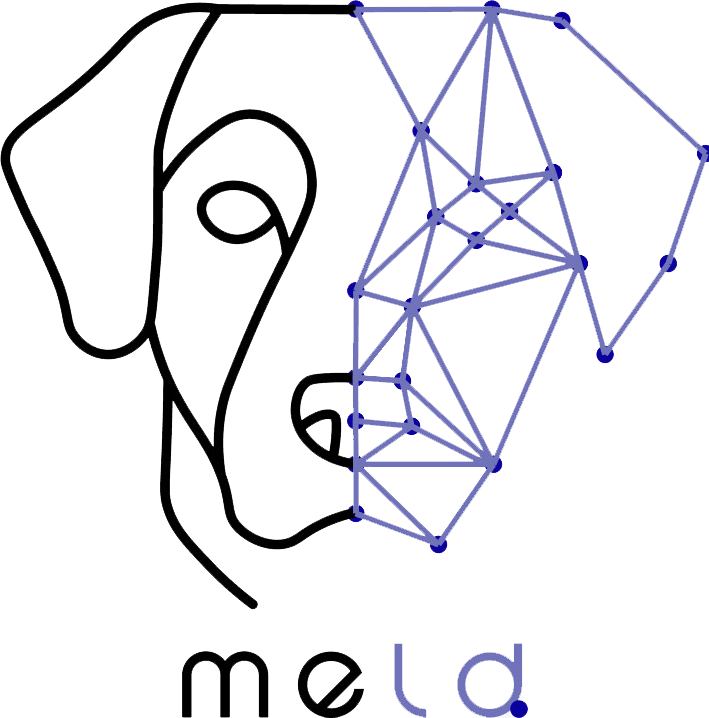This study introduces a significant advancement in feline pain assessment with a fully automated, end-to-end artificial intelligence (AI) pipeline for recognizing pain in cats directly from raw video footage, eliminating the need for manual frame selection or landmark annotation. Recognizing that facial expressions reflect affective states in mammals and that assessing pain in cats is particularly challenging due to subtle facial cues and lack of consensus on behavioral indicators, this new AI pipeline addresses limitations of previous manual and static image-based methods. By analyzing changes in 48 facial landmarks over time, the pipeline achieved over 70% and 66% accuracy on two different cat pain datasets, outperforming prior single-frame approaches, which strongly indicates that dynamics matter in cat pain recognition. While the central frame contributes most to pain prediction, preceding and subsequent frames also have a notable impact. This groundbreaking work paves the way for practical applications, such as the development of mobile apps akin to PainChek for human patients, to facilitate more objective and real-time pain assessment in veterinary clinics and at home
Non-Invasive Computer Vision-Based Fruit Fly Larvae Differentiation: Ceratitis capitata and Bactrocera zonata
This paper proposes a novel, non-invasive method using computer vision

